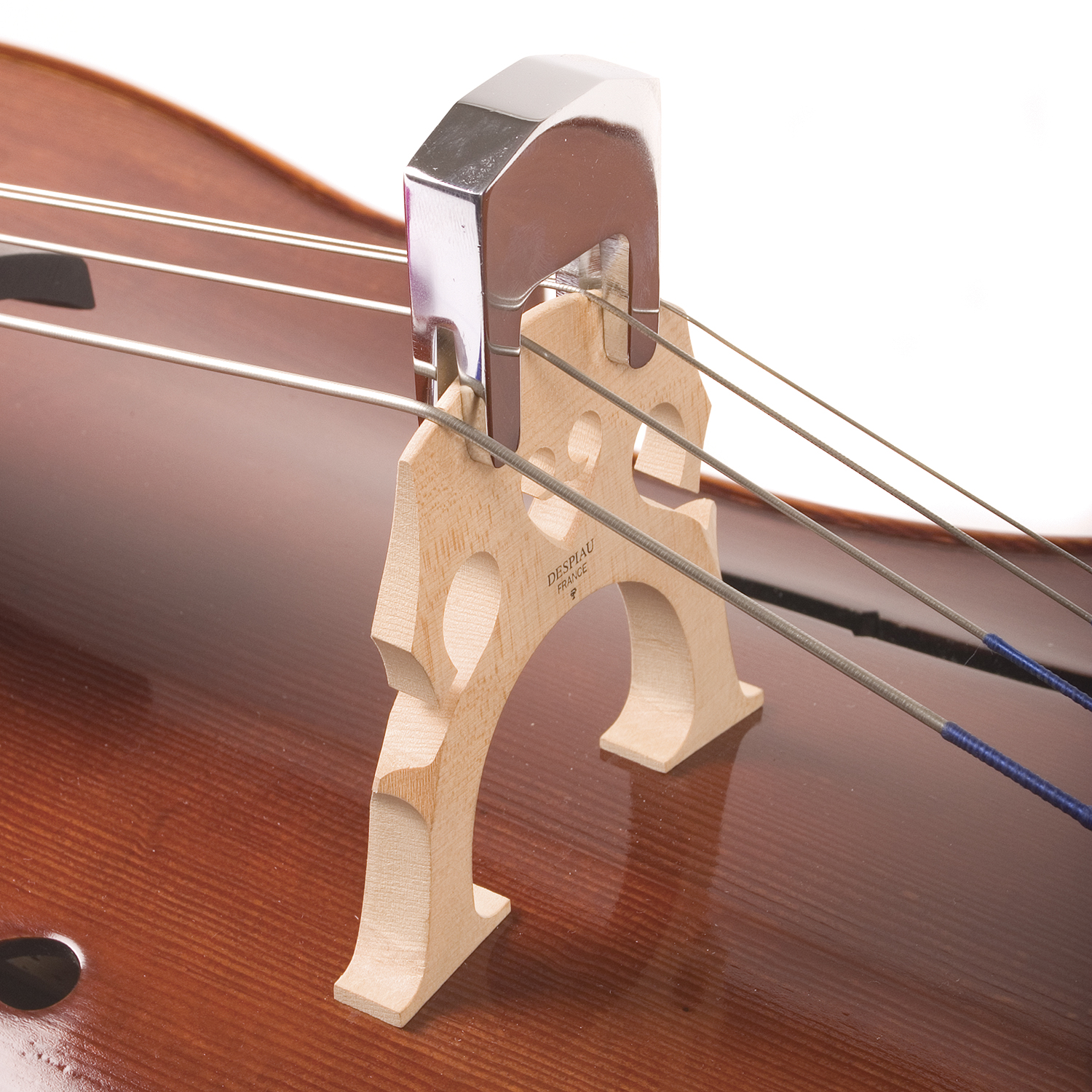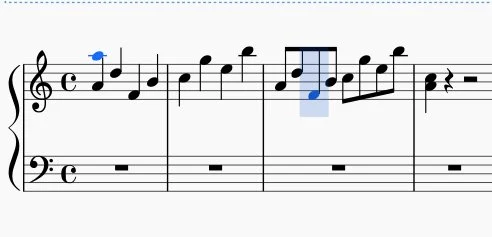


It makes no changes whatsoever to the UX, no changes whatsoever to any new scores created in MU4.

I'd like to suggest that my PR #13293 be merged for Beta if at all possible. But I have to admit I'm scratching my head to understand why we'd want to take on all that extra complexity of worrying about all these different scenarios, and potentially surprising a lot of users, when I don't recall anyone ever complaining about the MU3 behavior. If I need to open the mixer and turn the mute button back off every time I hide an instrument, I can handle it.
#MUSESCORE MUTE INSTRUMENT HOW TO#
And further discussion on Discord or wherever if we want to keep it out of here.Īs long as 3.x scores import correctly (invisible instruments play by default as they always have) and it's obvious and simple how to make an instrument invisible but still have control over whether or not you hear it, it doesn't matter too much to me what the specifics are. Could be a good time for a poll, and/or a statistical analysis of actual scores on. But maybe others work in very different ways and do commonly find a need for scores that are both invisible and muted. For me, it's always invisible or muted, but never both at once. Personally, for me, I don't think I have ever included an instrument that was both invisible and muted this, and I've created a heck of a lot of scores. I'd definitely be interested in seeing the use cases that people have in mind for wanting invisible instruments to automatically be muted. Not implementing this extra step in MS4.0 could cause some unpredictable behaviour, with playback occurring by default for hidden instruments in some cases but not others (my spider sense says this could be problematic). What do you think Perhaps we can also chat separately about importing to .Īs for supporting this in MS4.0, I think we definitely need to address the issue of not being able to un-mute a hidden instrument, so there's only (he says, naïvely) one more step to establish beyond that, which is to ensure that the instrument becomes muted again if the user shows and hides it in the instruments panel. They then hide the same instrument again – playback is muted. They then show the instrument in the instruments panel – playback is again available (the instrument becomes un-muted).

The user un-mutes a hidden instrument to hear its playback.If the user changes the visibility state of the instrument in the instruments panel, playback for that instrument reverts to its default state. An unhidden instrument can be muted (existing functionality).A hidden instrument can be unmuted (currently broken).In either case, this playback property can be overridden in the mixer: When an instrument is not hidden (or rather, shown) in the instruments panel, its playback is by default un-muted.When an instrument is hidden in the instruments panel, its playback is automatically muted.This is in order to keep the behaviour predictable. In this case, my suggestion would be that we adopt a fairly hard line about the interaction between showing/hiding instruments and their playback property, i.e. OK I think I can be persuaded to this (I have storied-out some user cases in order to think this through, which I'd be happy to share elsewhere if it helps discussion). And even for new scores, it isn't necessarily obvious that you even can hide the staves individually or that this would work when hiding the instrument doesn't. It's still a regression in that it means any imported 3.x score using invisible playback staves won't play correctly without employing a hard-to-discover workaround.
#MUSESCORE MUTE INSTRUMENT FULL#
So it seems the functionality is still there (thankfully!) - it just for some reason isn't working as it should when hiding the full instrument instead of its staff/staves. The good news is, it seems you can still access the mute controls, if instead of hiding the instrument, you hide its staff (or staves). I have verified this issue with one of my big band scores no drum playback in MU$. This isn't a feature request, it's a regression - it has always worked in the past and lots of people rely on it as a way to get all sorts playback effects you can't otherwise (rhythm section parts notated with just slashes, various ornaments and other notations not supported for playback directly.


 0 kommentar(er)
0 kommentar(er)
